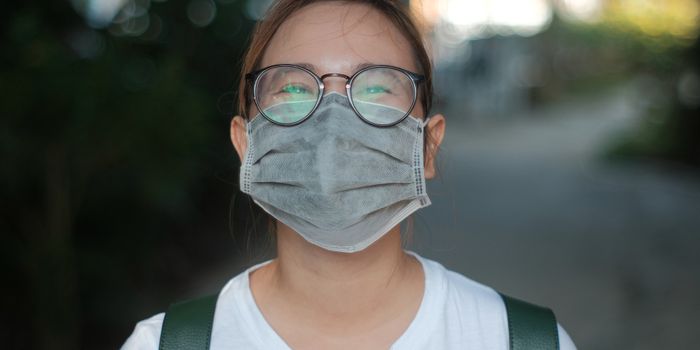A quick look around the grocery store shelves and it becomes clear that a label of "Non-GMO" is a pretty popular way to market everything from bread, to chips, to produce. It sounds scary to think that food can be "genetically modified." Images of lab created animals and man-eating plants come to mind for some. But is genetically modified food really that bad? Most chemistry and science professionals say no. Modifying foods, especially produce, is just a way to keep them from going bad on the way from the farm to the table or to ward off insects and disease. It's essentially a marketing ploy, since most believe that non-GMO is safer.
What about federal labeling requirements? The FDA, the EPA and the USDA are all agencies that oversee some part of the food supply. The regulations on labeling for GMO or non GMO vary however, and date back to the Reagan era. Button mushrooms are an example of a food that was in the news over labeling because scientists were able to use the CRISPR gene editing process to keep the mushrooms from bruising. Other foods are modified with agrobacterium, which under current FDA laws is a "plant pest" so foods that use that process will be regulated, but foods that are CRISPR modified are not regulated. The confusion in the laws and the current policy could be why some are so worried about GMO foods. Foods modified with substances like agrobacteri, which allows them be resistant to pesticides are regulated, foods that are modified in more high tech ways like CRISPR and DNA manipulation pass through a loophole. It likely appears to some consumers that if the government cannot figure out what to regulate, how safe can a GMO be? The answer, however, should really be found in the science, not outdated regulations or marketing scare tactics.








